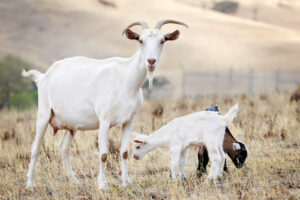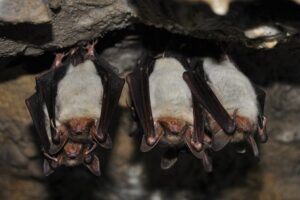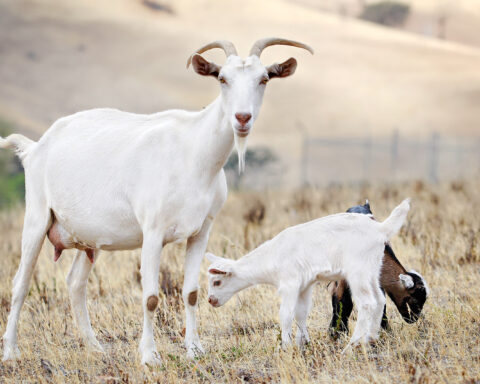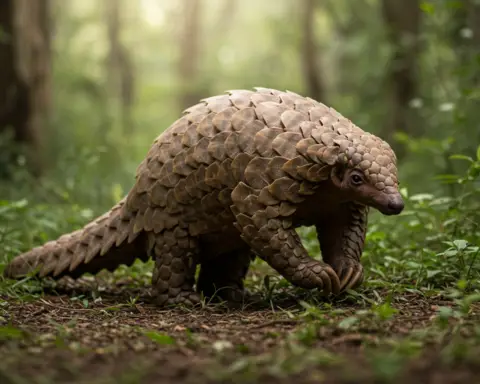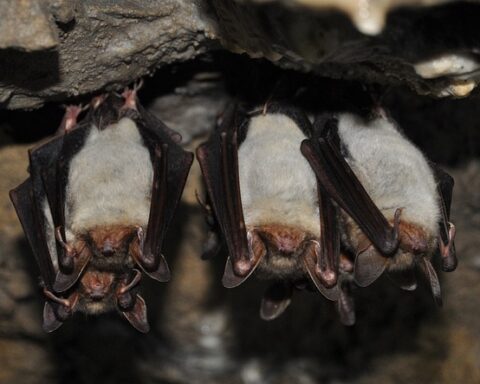Generally, these birds of prey nest atop a huge tree high above the canopy but if such trees are scarce, they may build nests on ground or on cliff ridges in prairies. The nest is formed close to the trunk and underneath the crown of a tree.
The nest is made out of a mound of sticks woven into each other while the empty spaces are lined with grasses, mosses, seaweeds, or cornstalks. It is unclear whether the male or a female bald eagle chooses the nest site but both of them take part in bringing the essential sticks for the nest. It is almost certain that the female bald eagle places most of the sticks for the nest.
However, it is clear that the selection for the nest-tree and nest-site is based on two factors: having good visibility for the adjacent areas and good flight access. The nest is often reused again and more materials are added to year after year.
The nest construction begins one to three months before laying of eggs. In conifer-rich areas, bald eagles usually prefer firs, pines and spruces for nest-trees. The areas that lack coniferous trees like in the eastern United States, the deciduous trees are usually preferred. Among these, the most commonly used nest-trees are cottonwoods, oaks, aspens and hickories. In Mexico and southern Florida, mangroves are used. Bald eagles may occasionally perch on dead trees but only the live trees are selected for nesting.
How big is a bald eagles nest?
Bald eagles build one of the world’s largest nests among birds. Normally the diameter of a nest is 1.5 to 1.8 meters and its height is 0.7 to 1.2 meters. The nest may be a cylindrical or cone-shaped. The size of a nest tree varies but the height of a tree lies somewhere between 20 and 60 meters and its diameter is from 50 to 190 centimeters.
Source:
Buehler, David A. 2000. Bald Eagle (Haliaeetus leucocephalus), version 2.0. In The Birds of North America (P. G. Rodewald, editor). Cornell Lab of Ornithology, Ithaca, New York, USA. https://doi.org/10.2173/bna.506

